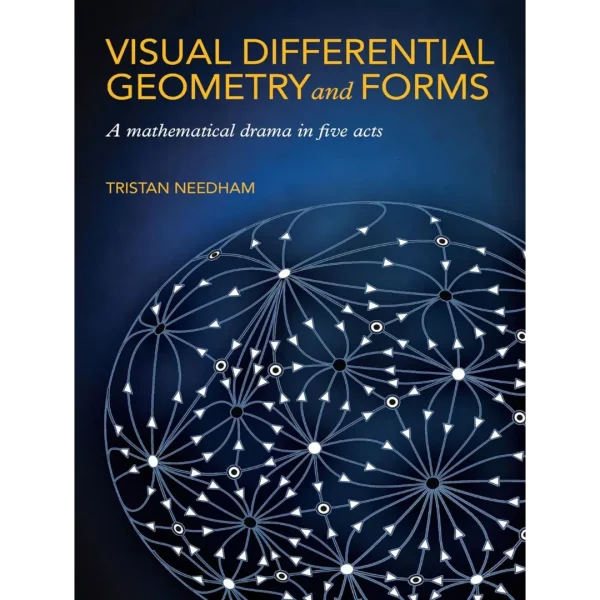
Visual Differential Geometry and Forms: A Mathematical Drama in Five Acts
Original price was: $113.51.$19.99Current price is: $19.99.
PDF 52,75 MB • Pages: 530
- 100% Satisfaction Guaranteed!
- Immediate Digital Delivery
- Download Risk-Free
FROM THE AUTHOR:
All legitimate copies of VDGF produced by Princeton University Press are crisply printed on high-quality paper. If you obtain a shoddily printed copy, it’s a fake: please return it and purchase a genuine PUP copy.
An inviting, intuitive, and visual exploration of differential geometry and forms
Visual Differential Geometry and Forms fulfills two principal goals. In the first four acts, Tristan Needham puts the geometry back into differential geometry. Using 235 hand-drawn diagrams, Needham deploys Newton’s geometrical methods to provide new geometrical explanations of the classical results. In the fifth act, he offers the first undergraduate introduction to Differential Forms that treats advanced topics in an intuitive and geometrical manner.
Unique features of the first four acts include: four distinct geometrical proofs of the fundamentally important Global Gauss-Bonnet theorem, providing a stunning link between local geometry and global topology; a simple, geometrical proof of Gauss’s famous Theorema Egregium; a complete geometrical treatment of the Riemann curvature tensor of an n-manifold; and a detailed geometrical treatment of Einstein’s field equation, describing gravity as curved spacetime (General Relativity), together with its implications for gravitational waves, black holes, and cosmology.
The final act provides an intuitive, geometrical introduction to Differential Forms, elucidating such topics as the unification of all the integral theorems of vector calculus; the elegant reformulation of Maxwell’s equations of electromagnetism in terms of 2-forms; de Rham cohomology; differential geometry via Cartan’s method of moving frames; and the calculation of the Riemann tensor using curvature 2-forms.
Six of the seven chapters of Act V can be read completely independently from the rest of the book, providing a self-contained introduction to Differential Forms.
Requiring only basic calculus and geometry, Visual Differential Geometry and Forms provocatively rethinks the way this important area of mathematics should be understood and taught.

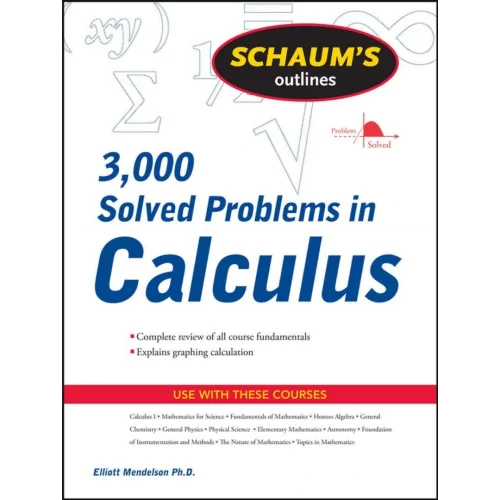
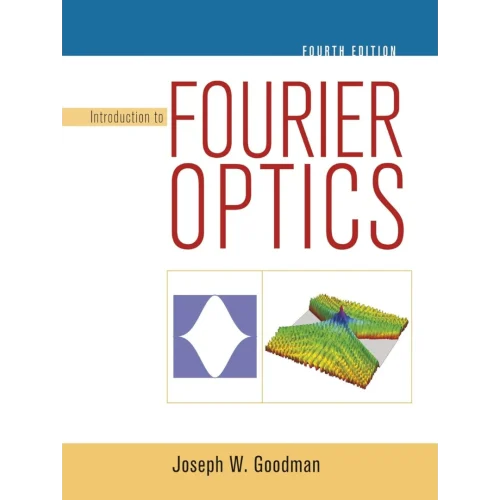
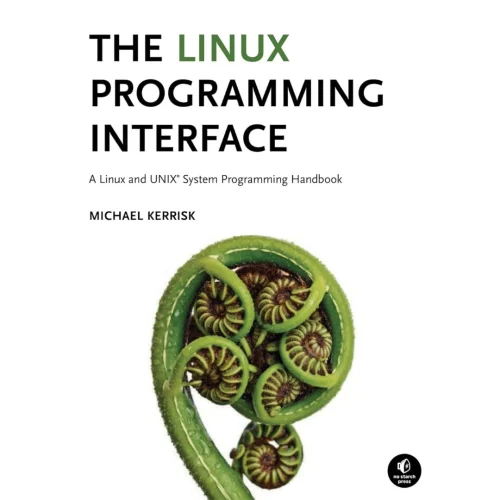
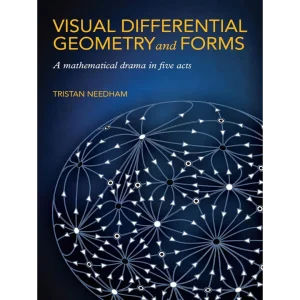

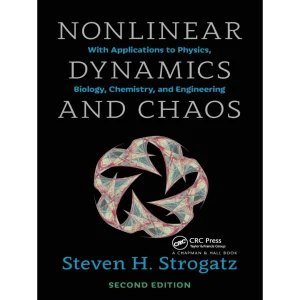

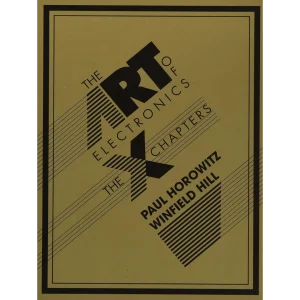
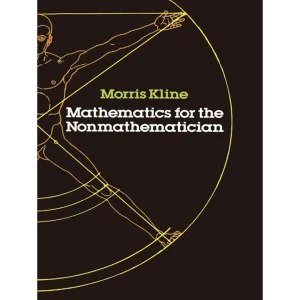

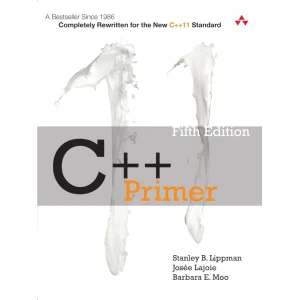

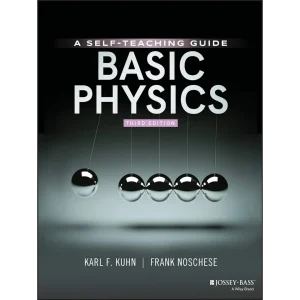
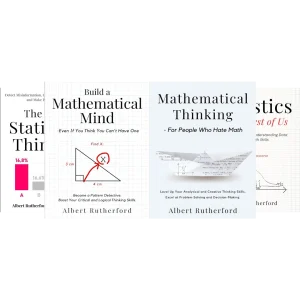
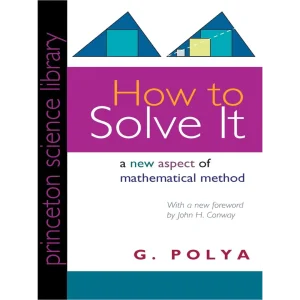

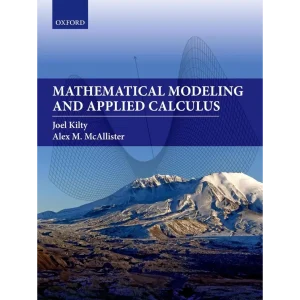
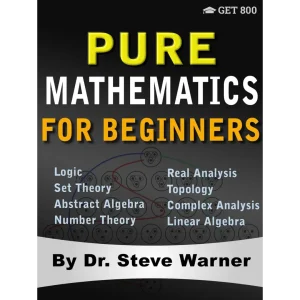
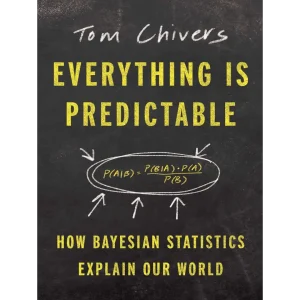

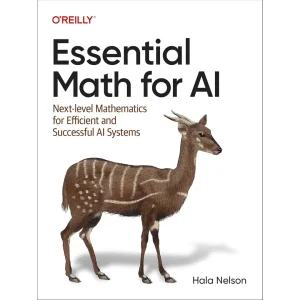
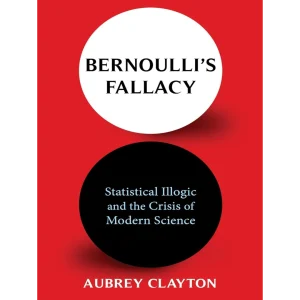
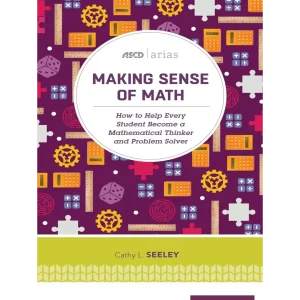
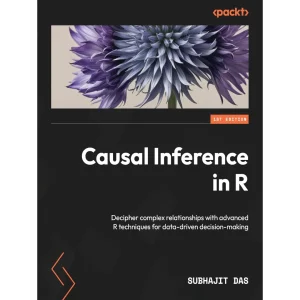
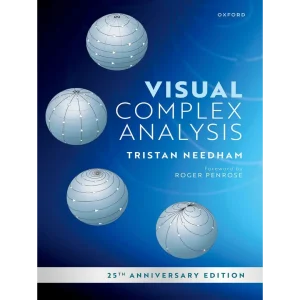
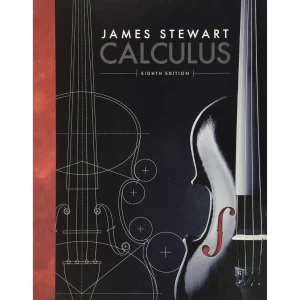


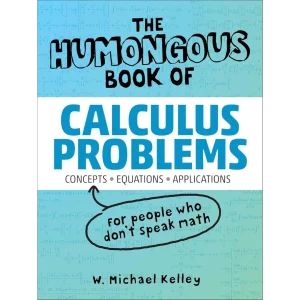
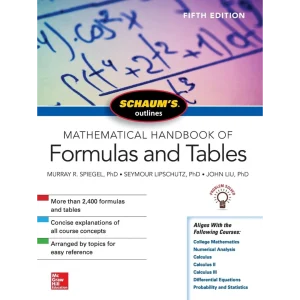
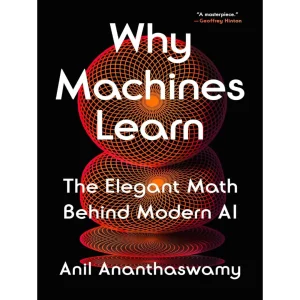

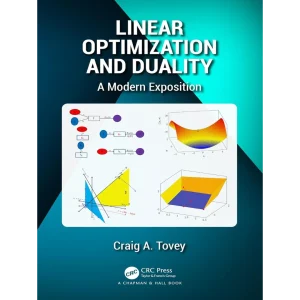
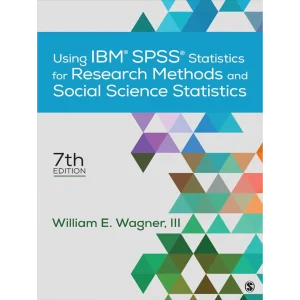
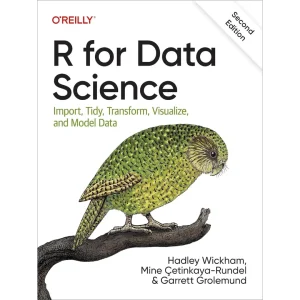
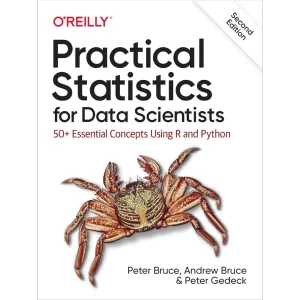



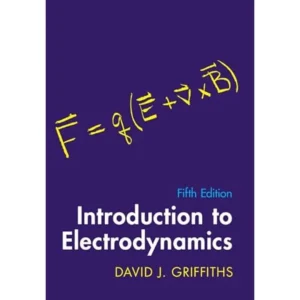

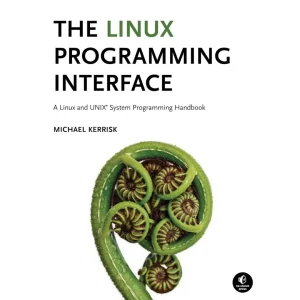
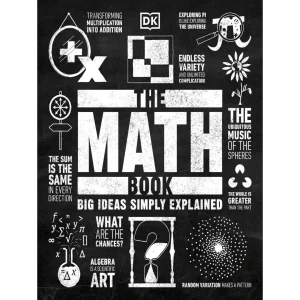
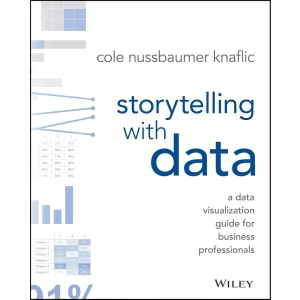
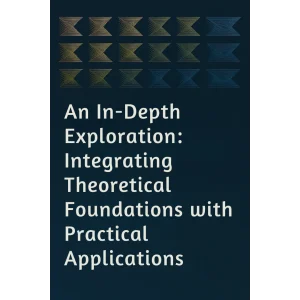

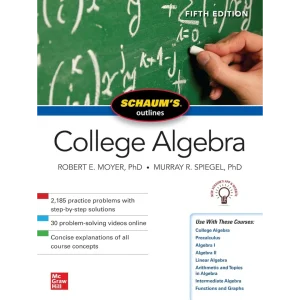
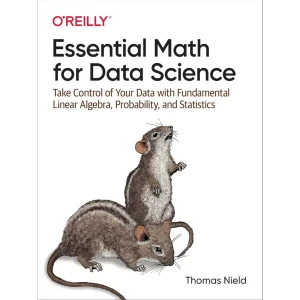

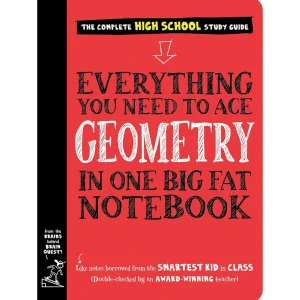
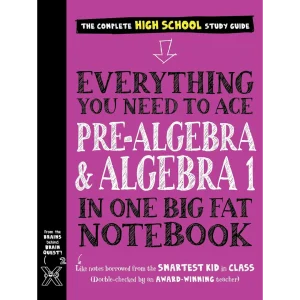
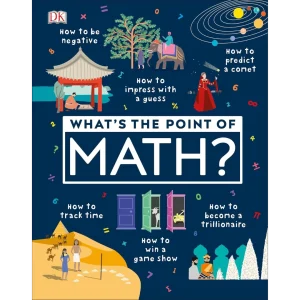
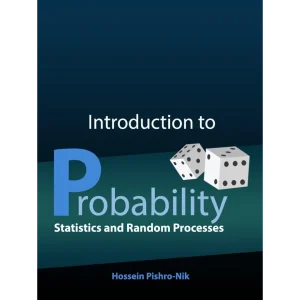

Reviews
There are no reviews yet.